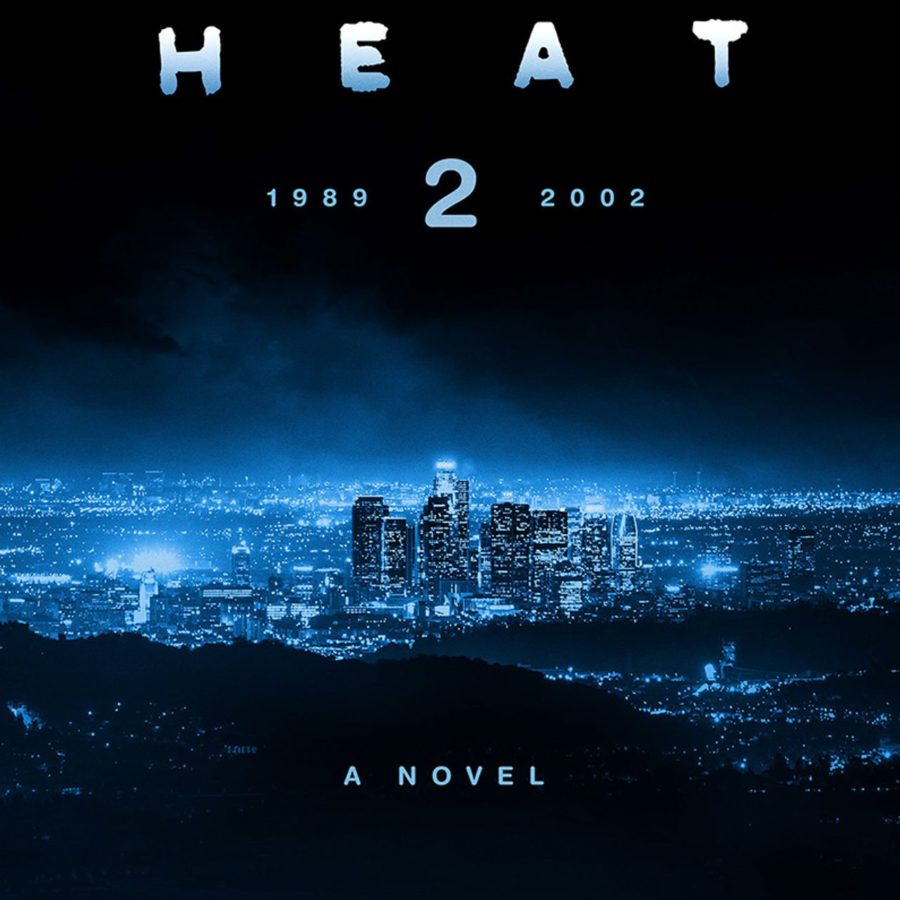25Self Portrait – Bob Dylan (3.23 stars)
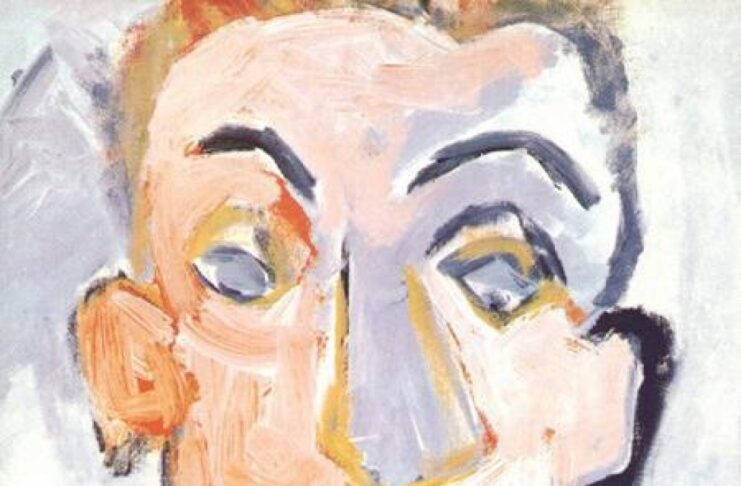
Self Portrait is the tenth studio album by American singer-songwriter Bob Dylan, released on June 8, 1970, by Columbia Records. Self Portrait was Dylan’s second double album (after Blonde on Blonde), and features many cover versions of well-known pop and folk songs. Also included are a handful of instrumentals and original compositions. Most of the album is sung in the affected country crooning voice that Dylan had introduced a year earlier on Nashville Skyline. Seen by some as intentionally surreal and even satirical at times, Self Portrait received extremely poor reviews. Dylan has stated in interviews that Self Portrait was something of a joke, far below the standards he set in the 1960s, and was made to end the “spokesman of a generation” label that critics had put on him. Despite the negative critical reception, the album quickly went gold in the US, where it hit No. 4, and was also a UK No. 1 hit. The album saw a retrospective positive re-evaluation with the release of The Bootleg Series Vol. 10: Another Self Portrait (1969–1971) in 2013.[1]
24Humble Pie – Humble Pie (3.25 stars)
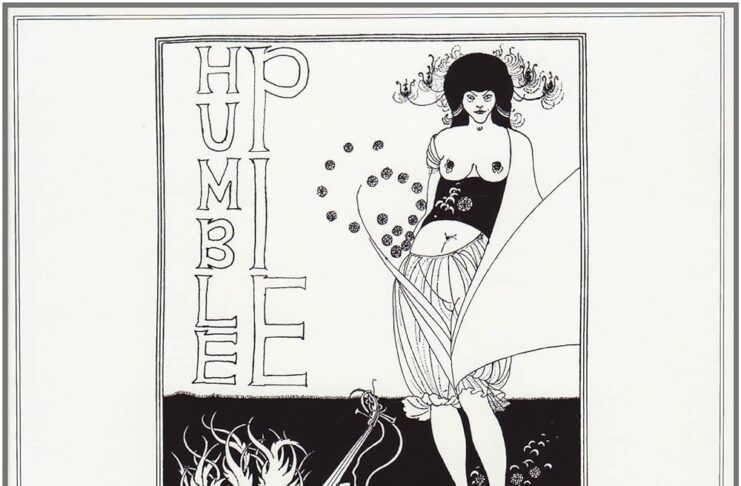
Humble Pie was a transitional album and a harbinger of the band’s new, heavier direction. The material was darker than their previous two efforts, with striking contrasts in volume and style – Peter Frampton‘s gentle “Earth and Water Song” is buttressed between two of the heaviest tracks on the record, the band-composed “One Eyed Trouser Snake Rumba”, and a cover of Willie Dixon‘s “I’m Ready”. Drummer Jerry Shirley contributed a rare lead vocal on his song “Only a Roach”, a country-twinged ode to cannabis that also appeared as the B-side of the summer 1970 single “Big Black Dog“. This was their first release under the auspices of new American manager Dee Anthony – who had pushed for a louder, tighter sound both live and in the studio – and for their new label, A&M Records. At the end of 1969, Humble Pie’s old label, Immediate, owned by Andrew Loog Oldham, went bankrupt – a saga chronicled by Marriott on the satirical ballad “Theme from Skint (See You Later Liquidator)”.
23Eric Clapton – Eric Clapton (3.27 stars)

Eric Clapton is the debut solo studio album by English rock musician Eric Clapton, released in August 1970 by Atco and Polydor Records. After being in several successful rock bands including The Yardbirds, John Mayall & the Bluesbreakers, Cream and Blind Faith, Clapton recorded an album under his own name in late 1969 and early 1970. The album cover, photographed by Barry Feinstein,[2] depicts Clapton sitting in a Los Angeles photo studio[3] while smoking a cigarette, his Fender Stratocaster Brownie electric guitar leaning between his legs. Clapton recorded some tracks in November 1969 at London‘s Olympic Studios and went on to record more songs in 1970 in two sessions; one in January 1970 at the Village Recorders Studio in West Los Angeles and a second session in March the same year at Island Studios in London. A large number of musicians that worked with Clapton on the album had been working with the band Delaney & Bonnie, which previously opened the Blind Faith gigs. The musicians included the core of Derek & the Dominos, including co-creator and co-songwriter Bobby Whitlock, who can be heard on “Let It Rain”.
22His Band and the Street Choir – Van Morrison (3.27 stars)

His Band and the Street Choir (also referred to as Street Choir)[1] is the fourth studio album by Northern Irish singer-songwriter Van Morrison. It was released in November 1970 by Warner Bros. Records. Originally titled Virgo’s Fool, Street Choir was renamed by Warner Bros. without Morrison’s consent. Recording began in early 1970 with a demo session in a small church in Woodstock, New York. Morrison booked the A&R Studios on 46th Street in New York City in the second quarter of 1970 to produce two sessions of songs that were released on His Band and the Street Choir.
21Elton John – Elton John (3.30 stars)
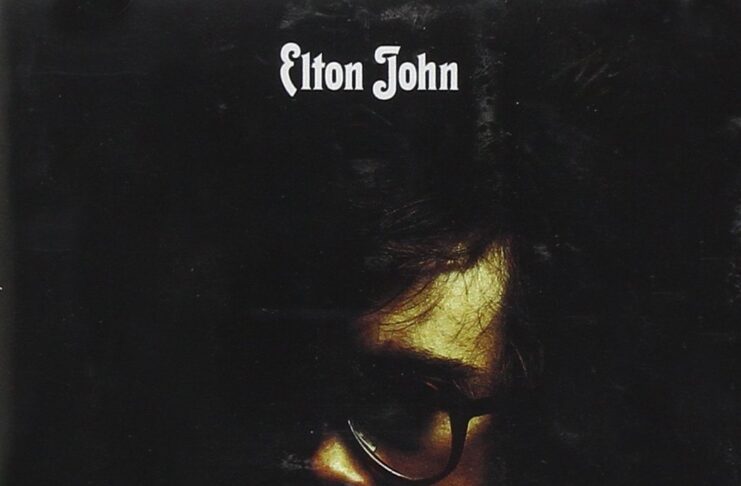
Elton John is the second[a] studio album by English singer-songwriter Elton John. It was released on 10 April 1970 through DJM Records. Including John’s breakthrough single “Your Song“, the album helped establish his career during the rise of the singer-songwriter era of popular music. In the US, Elton John was certified gold in February 1971 by the RIAA. In the same year, it was nominated for the Grammy Award for Album of the Year. In 2003, the album was ranked number 468 on Rolling Stone magazine’s list of the 500 greatest albums of all time. On 27 November 2012, it was inducted into the Grammy Hall of Fame as an album cited as exhibiting “qualitative or historical significance”.[1]
20Tea for the Tillerman – Cat Stevens (3.32 stars)

Stevens’ second album released during the year 1970, Tea for the Tillerman includes many of his best-known songs such as “Where Do the Children Play?“, “Hard Headed Woman”, “Wild World“, “Sad Lisa”, “Into White”, and “Father and Son“. Stevens, a former art student, created the artwork featured on the record’s cover. With “Wild World” as an advance single, this was the album that brought Stevens worldwide fame. The album itself charted into the top 10 in the United States.
19Déjà Vu – Crosby, Stills, Nash & Young (3.35 stars)
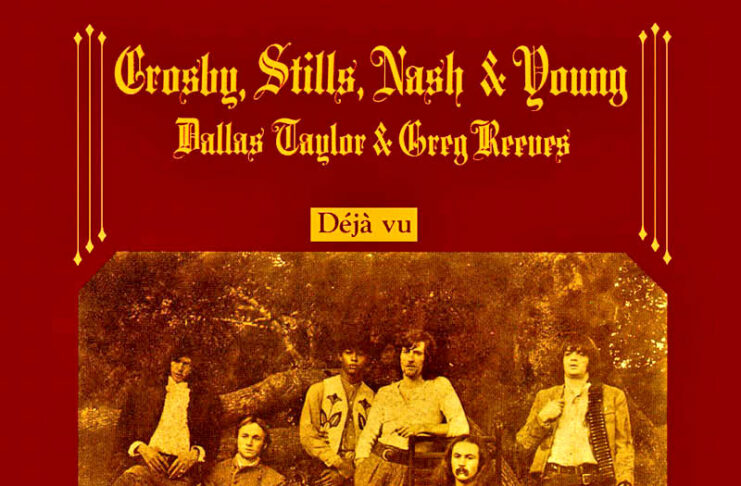
Déjà Vu is the second studio album by the American folk rock group Crosby, Stills & Nash, and their first as a quartet with the addition of Neil Young. It was released in March 1970 by Atlantic Records. It topped the pop album chart for one week and generated three Top 40 singles: “Woodstock“, “Teach Your Children“, and “Our House“. It was re-released in 1977 and an expanded edition was released in 2021 to mark its fiftieth anniversary. In 2003, the album was ranked No. 148 on Rolling Stone magazine’s list of the 500 greatest albums of all time, and later was ranked No. 220 on the 2020 edition of the list.[3] Certified 7× platinum by RIAA, the album’s sales currently sit at over 8 million copies. It remains the highest-selling album of each member’s career to date.[4]
18John Lennon/Plastic Ono Band – John Lennon (3.36 stars)
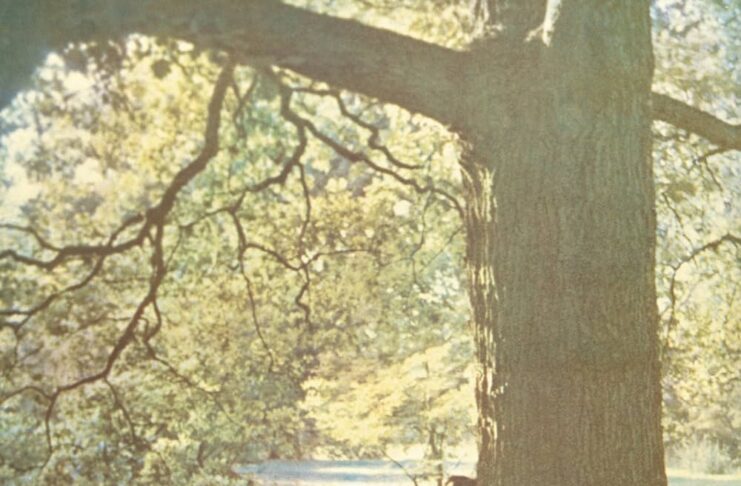
John Lennon/Plastic Ono Band is the debut solo studio album by English musician John Lennon. Backed by the Plastic Ono Band, it was released by Apple Records on 11 December 1970 in tandem with the similarly titled album by his wife, Yoko Ono. At the time of its issue, John Lennon/Plastic Ono Band received mixed reviews overall, but later came to be widely regarded as Lennon’s best solo album.[2] Co-produced by Lennon, Ono and Phil Spector, it followed Lennon’s recording of three experimental releases with Ono and a live album from the 1969 version of the Plastic Ono Band. John Lennon/Plastic Ono Band contains a largely raw production sound with songs heavily influenced by Lennon’s recent primal scream therapy. Its lyrics reflect Lennon’s personal issues and includes themes of child-parent abandonment and psychological suffering. The tracks were recorded in September and October 1970 at Abbey Road Studios in London, simultaneously with Ono’s similarly titled solo album.
17All Things Must Pass – George Harrison (3.37 stars)
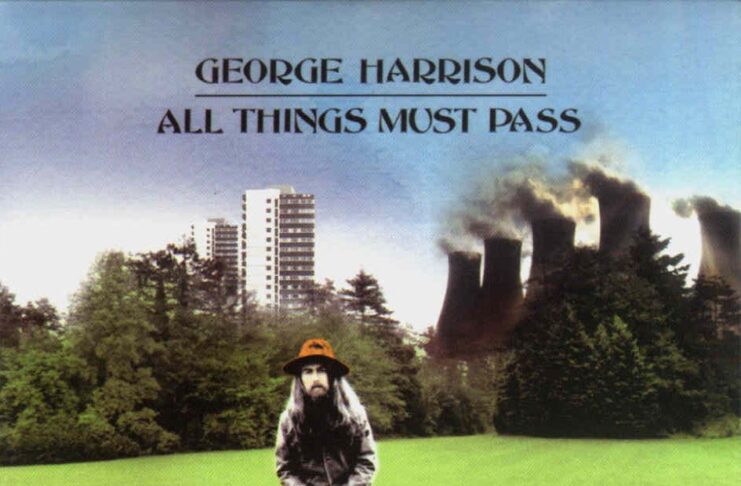
All Things Must Pass is the third studio album by English rock musician George Harrison. Released as a triple album in November 1970, it was Harrison’s first solo work after the break-up of the Beatles in April that year. It includes the hit singles “My Sweet Lord” and “What Is Life“, as well as songs such as “Isn’t It a Pity” and the title track that had been overlooked for inclusion on releases by the Beatles. The album reflects the influence of Harrison’s musical activities with artists such as Bob Dylan, the Band, Delaney & Bonnie and Friends and Billy Preston during 1968–70, and his growth as an artist beyond his supporting role to former bandmates John Lennon and Paul McCartney. All Things Must Pass introduced Harrison’s signature slide guitar sound and the spiritual themes present throughout his subsequent solo work. The original vinyl release consisted of two LPs of songs and a third disc of informal jams titled Apple Jam. Several commentators interpret Barry Feinstein‘s album cover photo, showing Harrison surrounded by four garden gnomes, as a statement on his independence from the Beatles.
16Workingman’s Dead – Grateful Dead (3.38 stars)

Workingman’s Dead is the fourth studio album (and fifth overall) by American rock band Grateful Dead. It was recorded in February 1970 and originally released on June 14, 1970. The album and its studio follow-up, American Beauty, were recorded back-to-back using a similar style, eschewing the psychedelic experimentation of previous albums in favor of Jerry Garcia and Robert Hunter‘s Americana-styled songcraft. In 2003, the album was ranked number 262 on Rolling Stone magazine’s list of the 500 greatest albums of all time, 264 in a 2012 revised list,[7] and 409 in the 2020 list.[8] It was voted number 371 in Colin Larkin‘s All Time Top 1000 Albums.[9]
15Signed, Sealed & Delivered – Stevie Wonder (3.38 stars)

Signed, Sealed & Delivered is the 12th studio album by American recording artist Stevie Wonder, released on August 7, 1970, by Tamla Records. The album featured four hits that hit the Billboard Hot 100: “Signed, Sealed, Delivered I’m Yours” (#3), “Heaven Help Us All” (#9), “Never Had a Dream Come True” (#26) and Wonder’s cover of The Beatles‘ “We Can Work It Out” (#13). The album hit #25 on the Billboard Pop Albums chart as well as #7 on the R&B Albums chart.[citation needed] This was Wonder’s first album on which he was given producer credit, though he actually produced only two of the tracks and co-produced three more. He wrote or co-wrote seven of the tracks.
14Layla and Other Assorted Love Songs – Derek and the Dominos (3.39 stars)
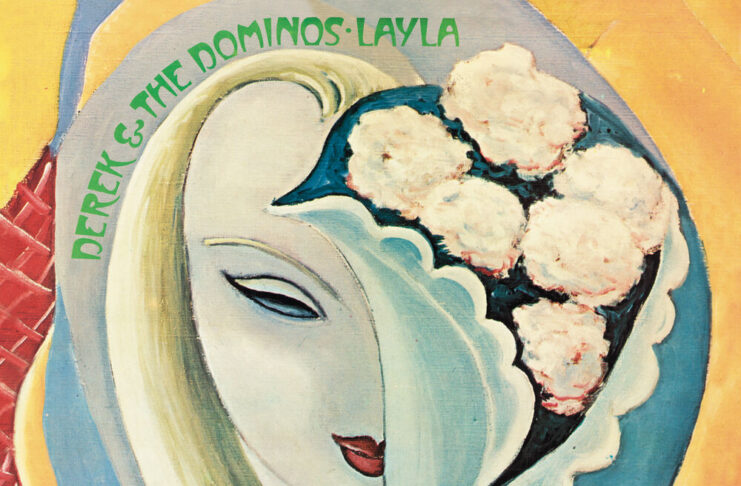
Layla and Other Assorted Love Songs is the only studio album by the English–American rock band Derek and the Dominos, released on 9 November 1970 as a double album by Polydor Records and Atco Records. It is best known for its title track, “Layla“, which is often regarded as Eric Clapton‘s greatest musical achievement. The other band members were Bobby Whitlock (vocals, keyboard), Jim Gordon (drums, percussion), and Carl Radle (bass). Duane Allman played lead and slide guitar on 11 of the 14 songs. Initially regarded as a critical and commercial disappointment, it failed to chart in Britain and peaked at number 16 on the Billboard Top LPs chart in the United States. It returned to the US albums chart again in 1972, 1974 and 1977, and has since been certified Gold by the RIAA. The album finally debuted on the UK Albums Chart in 2011, peaking at number 68. In 2000, the album was inducted into the Grammy Hall of Fame. In 2003, television network VH1 named Layla and Other Assorted Love Songs the 89th-greatest album of all time. In the same year, Rolling Stone ranked it number 117 on its list of “The 500 Greatest Albums of All Time“.[1] It was ranked at number 226 on the 2020 reboot of the list.[2] It was voted number 287 in the third edition of Colin Larkin‘s All Time Top 1000 Albums (2000).[3] In 2012, the Super Deluxe Edition of Layla won a Grammy Award for Best Surround Sound Album.
13Sweet Baby James – James Taylor (3.41 stars)

Sweet Baby James is the second studio album by American singer-songwriter James Taylor, released on February 1, 1970, by Warner Bros. Records. The album includes two of Taylor’s earliest successful singles: “Fire and Rain“, and “Country Road“, which reached number three and number thirty seven on the Billboard Hot 100, respectively. The album itself reached number three on the Billboard Top LPs & Tapes chart. Sweet Baby James made Taylor one of the main forces of the ascendant singer-songwriter movement in the early 1970s and onward. The album was nominated for a Grammy Award for Album of the Year, in 1971, and was listed at number 104 on Rolling Stone‘s 500 Greatest Albums of All Time.[2] In 2000 it was voted number 228 in Colin Larkin‘s All Time Top 1000 Albums.[3]
12Morrison Hotel – The Doors (3.41 stars)

Morrison Hotel is the fifth studio album by American rock band the Doors, released on February 9, 1970, by Elektra Records. After the use of brass and string arrangements recommended by producer Paul A. Rothchild on their previous album, The Soft Parade (1969), the Doors returned to their blues rock style and this album was largely seen as a return to form for the band. The group entered Elektra Sound Recorders in Los Angeles in November 1969 to record the album which is divided into two separately titled sides, namely: “Hard Rock Café” and “Morrison Hotel”. Blues rock guitar pioneer Lonnie Mack and Ray Neapolitan also contributed to the album as session bassists. The album reached No. 4 on the Billboard 200, and performed better overseas than the preceding album (it was the group’s highest-charting studio album in the United Kingdom, where it peaked at No. 12). The accompanying “You Make Me Real” / “Roadhouse Blues” single peaked at No. 50 in May 1970 on the Billboard 100 chart. The cover photo was taken by Henry Diltz.
11Idlewild South – The Allman Brother Band (3.43 stars)

Idlewild South is the second studio album by American southern rock band the Allman Brothers Band. Produced by Tom Dowd, the album was released on September 23, 1970 in the United States by Atco Records and Capricorn Records. Following the release of their 1969 debut, the Allman Brothers Band toured the United States extensively to promote the album, which had little commercial success. Their performances, however, did create positive word of mouth exposure that extended to more famous musicians, such as Eric Clapton, who invited group leader Duane Allman to contribute to his 1970 album Layla and Other Assorted Love Songs.
10Paranoid – Black Sabbath (3.44 stars)
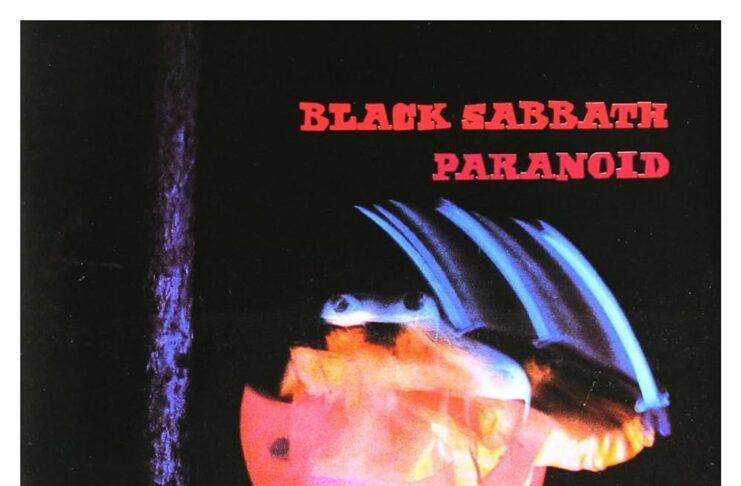
Paranoid is the second studio album by English heavy metal band Black Sabbath, released on 18 September 1970 by Vertigo Records in the United Kingdom and on 7 January 1971 through Warner Bros. Records in the United States. The album contains several of the band’s signature songs, including “Iron Man“, “War Pigs” and the title track, which was the band’s only Top 20 hit, reaching number 4 on the UK charts. Paranoid is widely regarded as one of the greatest and most influential heavy metal albums of all time, often cited as a key influence for the development of the genre as well as one of its earliest albums.[4][5][6] Paranoid was ranked number one on Rolling Stone‘s list of the “100 Greatest Metal Albums of All Time” in 2017 and number 139 on its “The 500 Greatest Albums of All Time” list in 2020. Paranoid was the band’s only album to top the UK Albums Chart until the release of 13 in 2013.
9Pendulum – Creedence Clearwater Revival (3.45 stars)

The album is the only one by Creedence Clearwater Revival to not contain any cover songs (all of the tracks were written by John Fogerty); it is the last album the band recorded while Tom Fogerty was still a member, as he left the group in early 1971 to start a solo career; and the last of the band’s albums to be produced solely by John Fogerty. The only single taken from the album, “Have You Ever Seen the Rain“/”Hey Tonight“, was released in January 1971, and reached number eight on the Billboard Hot 100 chart. Pendulum expands the band’s sonic palette with instruments such as keyboards and saxophones, in contrast to the group’s previous albums, which were dominated by the guitar. It also contains, in the closing instrumental “Rude Awakening #2”, a venture into avant-garde psychedelia.
8Lola Versus Powerman and the Moneygoround, Part One – The Kinks (3.46 stars)

Lola Versus Powerman and the Moneygoround, Part One, commonly abbreviated to Lola Versus Powerman, or simply Lola, is the eighth studio album by the English rock band the Kinks, released on 27 November 1970.[2] A concept album, it is a satirical appraisal of the music industry, including song publishers, unions, the press, accountants, business managers, and life on the road.[2] Musically Lola Versus Powerman is varied, described by Stephen Thomas Erlewine as “a wildly unfocused but nonetheless dazzling tour de force“, containing some of Ray Davies‘s strongest songs.[2]
Although it appeared during a transitional period for the Kinks, Lola Versus Powerman was a success both critically and commercially for the group, charting in the Top 40 in America[3] and helping restore them in the public eye, making it a “comeback” album. It contained two hit singles: “Lola“, which reached the top 10 in the US and UK, and “Apeman“, which peaked at number five in the UK.[3]
7Loaded – The Velvet Underground (3.70 stars)

Loaded is the fourth studio album by the American rock band the Velvet Underground, released in November 1970 by Atlantic Records subsidiary Cotillion. It was the final album recorded featuring the band’s remaining original members, including the lead singer and primary songwriter Lou Reed, who left the band shortly before the album’s release, and the guitarist Sterling Morrison, who left the band in 1971 along with the drummer Maureen Tucker.[3][4] For this reason, it is often considered by fans to be the last “true” Velvet Underground album.[5] The multi-instrumentalist Doug Yule remained and released the album Squeeze in 1973 before the band’s dissolution the same year. Despite having a number of singles originate from it, the album itself failed to chart.[6] It has retrospectively gained critical acclaim; Loaded was ranked number 110 in 2012, and ranked number 242 in 2020, on Rolling Stone‘s list of the “500 Greatest Albums of All Time“.[7][8]
6Let It Be – The Beatles (3.71 stars)

Let It Be is the twelfth and final studio album by the English rock band the Beatles. It was released on 8 May 1970, almost a month after the group’s public break-up, in tandem with the documentary of the same name. Concerned about recent friction within the band, Paul McCartney had conceived the project as an attempt to reinvigorate the group by returning to simpler rock ‘n’ roll configurations.[2] Its rehearsals started at Twickenham Film Studios on 2 January 1969 as part of a planned television documentary showing the Beatles’ return to live performance.
5Bridge Over Troubled Water – Simon & Garfunkel (3.86 stars)

Bridge over Troubled Water is the fifth and final studio album by American folk rock duo Simon & Garfunkel, released on January 26, 1970 on Columbia Records. Following the duo’s soundtrack for The Graduate, Art Garfunkel took an acting role in the film Catch-22, while Paul Simon worked on the songs, writing all tracks except Felice and Boudleaux Bryant‘s “Bye Bye Love” (previously a hit for the Everly Brothers). With the help of producer Roy Halee, the album followed a similar musical pattern as their previous album Bookends (1968), partly abandoning their traditional style to incorporate elements of rock, R&B, gospel, jazz, world music, pop and other genres. It was described as their “most effortless record and their most ambitious”.[3] After Bridge Over Troubled Water was released, several re-releases followed. The album was mixed and released in both stereo and quadraphonic. Columbia Records released a 40th Anniversary Edition on March 8, 2011, which includes two DVDs, including the politically themed TV special Songs of America (1969), the documentary The Harmony Game, additional liner notes and a booklet. Other reissues contain bonus tracks, such as the 2001 version, which covers the demo tapes of “Feuilles-O” and “Bridge over Troubled Water”. Contemporary critical reception to Bridge was initially mixed, but retrospective reviews of the album have been laudatory, and it is considered by many to be the duo’s best album.[4]
4Cosmo’s Factory – Creedence Clearwater Revival (3.91 stars)
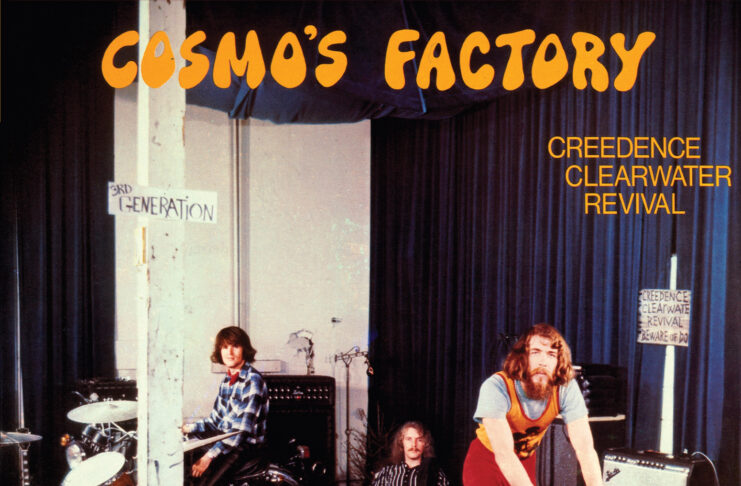
Cosmo’s Factory is the fifth studio album by American rock band Creedence Clearwater Revival, released by Fantasy Records on July 8, 1970. Six of the album’s eleven tracks were released as singles in 1970, and all of them charted in the top 5 of the Billboard Hot 100. The album spent nine consecutive weeks in the number one position on the Billboard 200 chart and was certified 4x platinum by the Recording Industry Association of America (RIAA) in 1990. Rolling Stone ranked it number 413 on its 2020 list of the “500 Greatest Albums of All Time“.
3Moondance – Van Morrison (4.00 stars)

Moondance is the third studio album by Northern Irish singer-songwriter Van Morrison. It was released on 27 January 1970 by Warner Bros. Records. After the commercial failure of his first Warner Bros. album Astral Weeks (1968), Morrison moved to upstate New York with his wife and began writing songs for Moondance. There, he met the musicians that would record the album with him at New York City’s A & R Studios in August and September 1969. The album found Morrison abandoning the abstract folk jazz compositions of Astral Weeks in favour of more formally composed songs, which he wrote and produced entirely himself. Its lively rhythm and blues/rock music was the style he would become most known for in his career. The music incorporated soul, jazz, pop, and Irish folk sounds into songs about finding spiritual renewal and redemption in worldly matters such as nature, music, romantic love, and self-affirmation. Moondance was an immediate critical and commercial success. It helped establish Morrison as a major artist in popular music, while several of its songs became staples on FM radio in the early 1970s. Among the most acclaimed records in history, Moondance frequently ranks in professional listings of the greatest albums. In 2013, the album’s remastered deluxe edition was released to similar acclaim.
2American Beauty – Grateful Dead (4.00 stars)

American Beauty is the fifth studio album (and sixth overall) by rock band the Grateful Dead. Released in November 1970, by Warner Bros. Records, the album continued the folk rock and country music style of their previous album Workingman’s Dead, issued earlier in the year. Upon release, American Beauty entered the Billboard 200 chart, ultimately peaking at number 30 during a nineteen-week stay in January 1971.[10] On July 11, 1974, the album was certified Gold by the Recording Industry Association of America, and it later reached Platinum and Double Platinum certification in 1986 and 2001, respectively. In 2003, the album was ranked number 258 on Rolling Stone magazine’s list of the 500 greatest albums of all time, 261 in a 2012 revised list, and 215 in a 2020 revised list.[11]
1Led Zeppelin III – Led Zeppelin (4.05 stars)

Led Zeppelin III is the third studio album by the English rock band Led Zeppelin, released on 5 October 1970. It was recorded in three locations. Much of the work was done at Headley Grange, a country house, using the Rolling Stones Mobile Studio. Additional sessions were held at Island Studios and Olympic Studios in London. As with the prior album, the band eschewed the use of guest musicians, with all music performed by band members Robert Plant (vocals), Jimmy Page (guitars), John Paul Jones (bass, keyboards), and John Bonham (drums). The range of instruments played by the band was greatly enhanced on this album, with Jones especially emerging as a talented multi-instrumentalist, playing a wide range of keyboard and stringed instruments, including various synthesizers, mandolin and double bass, in addition to his usual bass guitar. As with prior albums, Page served as producer on the album, with mixing done by Andy Johns and Terry Manning.

